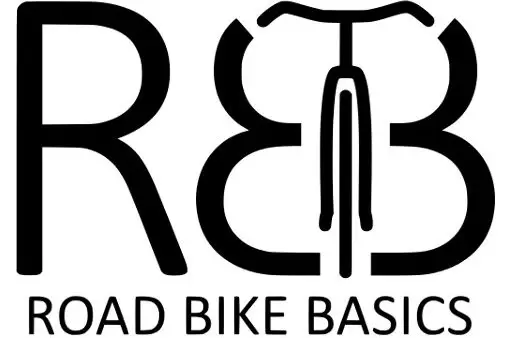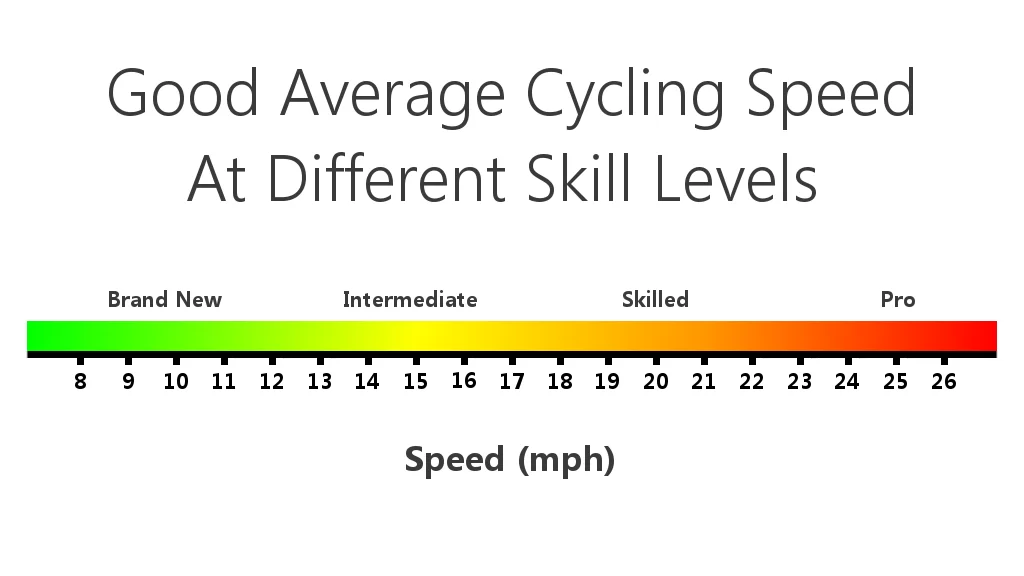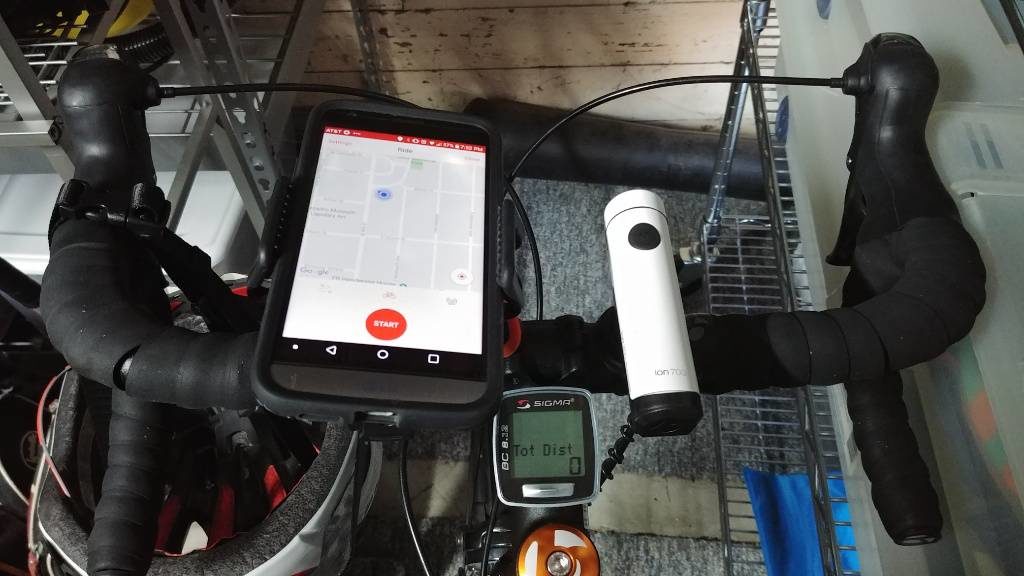If you’ve ever heard someone talk about how much their bike weighs, you may have asked yourself, “What does that even mean?” Without any sort of reference, I really wouldn’t know if 10 pounds (4.5 kg) or 25 pounds (11.3 kg) was good.
An average entry- to mid-level road bike will weigh around 20-25 pounds (9.1-11.3 kg). Let’s talk about the weight range, what changes it, how to measure it, why people care, and if it really even matters.
Lightest and heaviest bikes
According to this article by RedBull and a few other sources I’ve seen, the lightest bike ever made was 6.1 pounds (2.8 kg) by a German man named Gunter. It was eventually dismantled and the parts were sold off.
The lightest production bike that I’ve been able to find is the AX Lightness Vial Evo Ultra at 9.7 pounds (4.4 kg). However, this bike is for professional bike riders or enthusiasts with very large budgets.
The heaviest entry-level road bike I found was about 33 pounds (11.8 kg), but I found this one on Amazon in a reasonable price range that only weighs about 23 pounds (10.4 kg).
How to check how much your bike weighs
Bike weights in reviews
If you haven’t bought the bike yet and are purchasing it online, make sure you check the reviews. If there are enough reviews, you can expect at least a few of them to talk about how much the bike weighed once they received them.
Weighing your bike with a regular scale
If you don’t mind doing some simple math, a regular bathroom scale that most people already have is more than enough to tell how much your bike weighs.
First, weigh yourself and take note of how much you weigh. Then weigh yourself while you are holding the bike. Subtract how much you weigh from that number, and that is how much the bike weighs.
For example, if you weigh 180 pounds, and you + bike weighs 205 pounds, your bike weighs 25 pounds. (205 – 180 = 25)
Weighing your bike with a luggage scale
If you really want a scale that can be devoted to weighing things that aren’t you, I highly suggest a luggage scale. I don’t weigh things very often, but I know that some people like expanding their tool set or find it useful when traveling by plane.
It’s nice and convenient because there isn’t any sort of math involved, it just requires that you buy a new device. This one on Amazon has a great range, accuracy, precision, and price.

Bike weight based on price
Generally speaking, the more expensive the bike, the less it will weigh. As your budget increases, you can get fancier and lighter components. If your budget is limited, you’ll need to settle for basic and heavy components.
As well, less expensive materials for the frame of the bike tend to be heavier. A cheap bike may be made of steel or aluminum, while a top-end bike would be entirely made of carbon fiber.
Here’s about what kind of weight you can expect out of a good bike at each price range:
| Price | Weight |
| $400 | 25 pounds |
| $800 | 22 pounds |
| $2,000 | 20 pounds |
| $5,000 | 15 pounds |
| $16,000 | 10 pounds |
As you can see, there are diminishing returns as you spend more and more money.
Also, I always suggest going to your local bike shop (or their website) and seeing what they have to offer. They are experts and can make sure you get the best bike to fulfill your needs. Here’s my Recommended Gear for what you can look for while you are there.
Why people care about bike weight
Bike weight rules
For starters, the Union Cycliste Internationale (UCI) is the governing body that makes the rules for sports cycling. They oversee international cycling competitions and enforce all the rules.
The UCI Cycling regulation 1.3.019 for all UCI sanctioned races states “The weight of the bicycle cannot be less than 6.8 kg.” (14.99 pounds).
That rule was made around the year 2000 and only exists because the UCI wanted to make sure that bike manufacturers weren’t making bikes that were super light but structurally unsafe. At the time, 6.8 kg was a very conservative weight.
Nowadays, however, manufacturers can make safe bikes that are super light and riders can add extra components or even actual weights to get up to the weight requirement.
A common example of an extra component would be replacing a regular crankset with one that measures and records how much power the rider is putting out.
Does bike weight impact your speed?
Does bike weight affect your speed? Kind of, but not really. While you could technically be a little faster in certain situations, the next section is more directly impacted.
Lighter bikes save watts
To clarify, a watt is a commonly used measure of how fast you are spending energy to keep moving. Think of it as how hard you pedaling.
If you weigh more, it takes more energy to move you up a hill or to get you going in the first place. Plain and simple. So, any weight you can shave off will make it easier to climb a hill and should speed you up just a little bit.
Lighter bikes are easier to handle
If you’ve ever stood up on your bike and pedaled as hard as you can, you should have been throwing your bike from side to side. If your bike weighs a lot, that takes more energy to do.
Energy that you spend moving your bike side to side is energy that you don’t have left over to move it forward. Not only that, but they are much more agile than a heavy bike.

Does bike weight really matter?
Kind of, but not really. A 5 pound (2.3 kg) difference is only going to be a change of about 3% of the combined weight of you and your bike. That adds up fast for professionals that are riding a lot of intense miles, but most of us aren’t going to notice a massive difference.
If you really want to shave some weight off of your ride, it is more productive for YOU to lose a few pounds. The average person has more than 5 pounds that they could shave off. Simply adopting a plant-centric whole-food diet and being more active can easily shed plenty of weight along with helping you feel better.
How to ride your bike faster without spending money
Be aerodynamic on your bike
The biggest difference that you can make without spending anything is to just be more aerodynamic. The less the wind slows you down, the faster and further you can go.
Lean forward, duck down but keep looking forward, and tuck in your elbows and knees. That’s it. Doing that will save you more energy that losing weight ever could have.
In fact, now that manufacturers can easily produce bikes well below the UCI’s minimum weight, they’ve shifted to adding back material and other features to make the bikes highly aerodynamic. That just goes to show that bike weight is only so important.
Have a more comfortable ride
There are a lot of things you can do to make sure that you aren’t in pain while riding a road bike. The biggest sore spot I can think of is my butt. I’m sure most of us have experienced saddle soreness before. Here’s my article on how to ride your bike without hurting yourself like that.
The more pain I’m in, the more time I spend adjusting and trying to find a more comfortable position. That’s time spent not going fast, and most likely time spent not being aerodynamic.
Beside, the less pain you are in, the more you can enjoy your ride and look forward to the next one.
I hope that all of this will empower you to be confident in your bike’s weight, but also give you the tools to save time, energy, and money in other ways.
Thanks for being here!
I make content that empowers people to enjoy riding their bikes.
Are you interested in learning more about that?
Here are some hand



